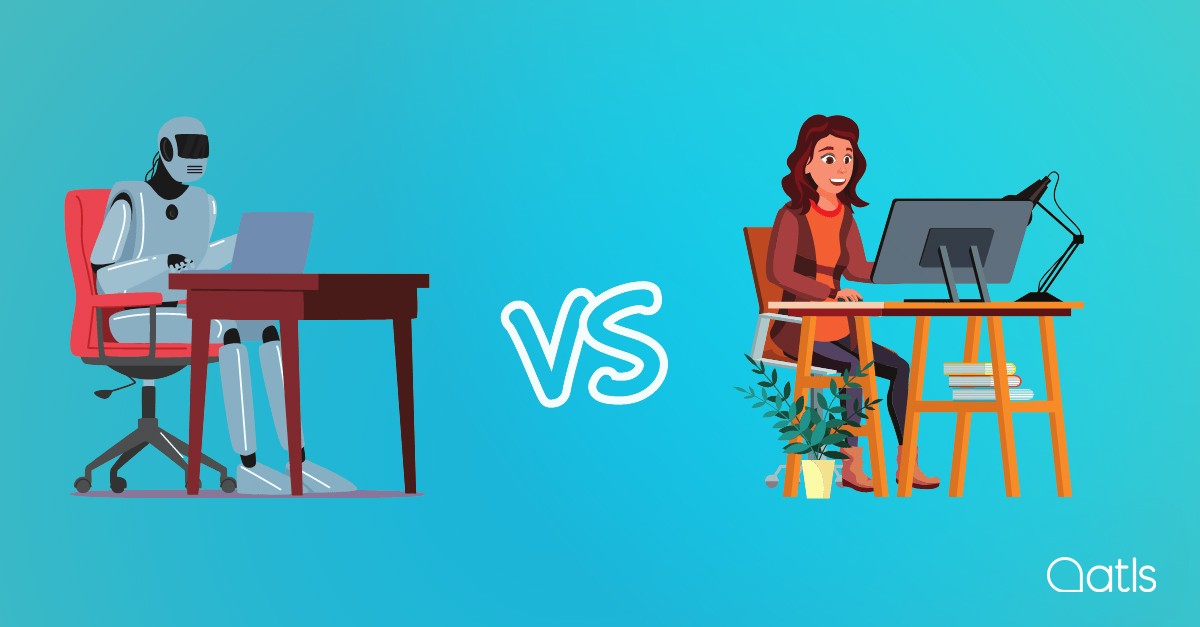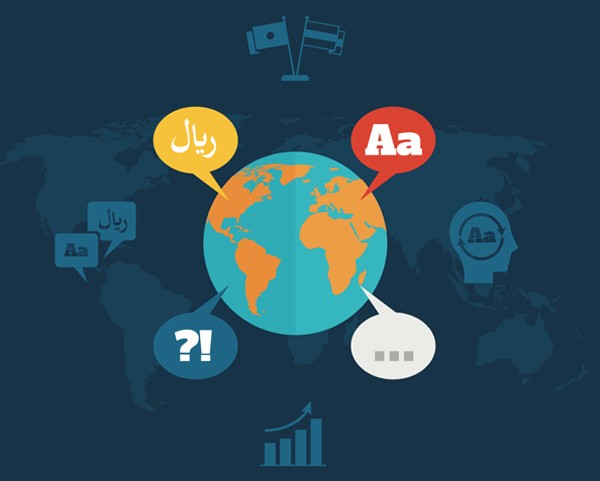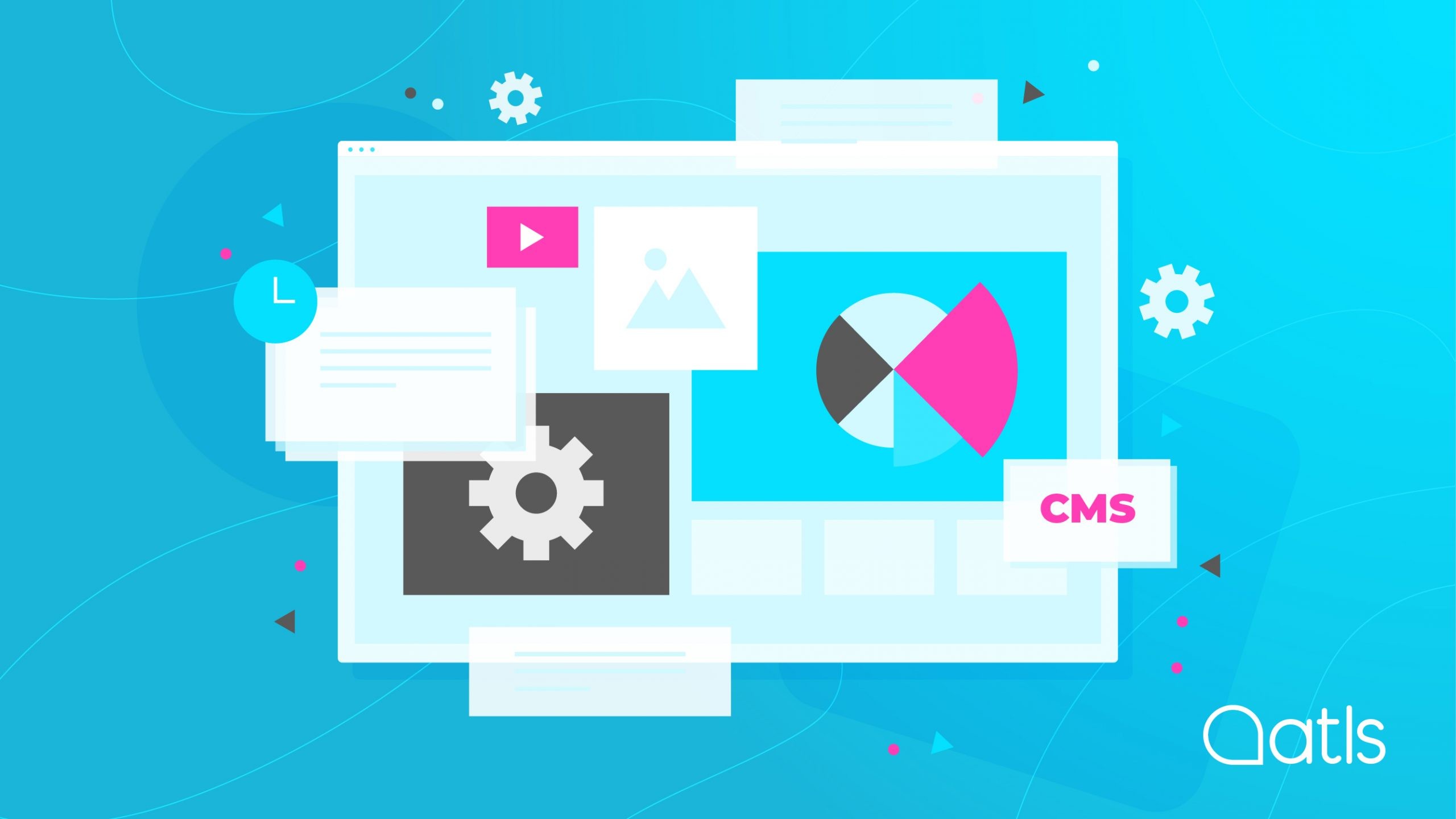Human translation vs. automatic translation

Human or machine, who translates better?
Technology is unstoppable, and news about the appearance of new automatic translators is flooding the internet. So are we facing a paradigm shift for flesh-and-bone translators?
The continuing development of artificial intelligence is working to reduce the distance between human translators and automatic translators. How far will we go?
Before we get to the heart of the matter, it is important to define and clarify certain concepts in order to understand how the development of artificial intelligence can affect the translation sector.
Automatic translation: artificial intelligence applied to the world of translation
It can be said that machine translation offers clear advantages both to individuals and companies who are in need of a low-cost translation job. They are often perceived as the best value option, with the added benefit of speed. Simply enter a segment of text into an online translation tool, such as Google Translate, and in a matter of seconds the text is translated into your desired language. Many automatic translation services are free, which makes them even more attractive, especially for individuals and small businesses.
How does an automatic translator work?
Automatic translators analyse the structure of the original text, breaking it down into single words or short sentences that can be translated more easily. Finally, they reconstruct those short words or sentences using exactly the same structure in the chosen target language.
The system works using an artificial neural network that assumes each sentence as a translation unit, which it then uses to create an automatic context, on a sentence-by-sentence basis. In addition to contrasting the text with the existing translation databases, the network uses a self-learning mechanism that allows it to independently deduce the rules of the language. In other words, the neural network develops its own language, forming equivalents between sentences and words in different languages, and creating a conceptual-semantic representation which is far more "human" than automatic translations we have seen in the past.
The method described above may sound as if it is accurate, but the overall quality of the translation will undoubtedly be much lower than one carried out by a human translator, and most automatic translators only provide basic, literal, word for word translations. The primary reason is precision. Each language has its own style and grammatical structure, and this is crucial to the success of the translation. Automatic translators, despite their advances, are not yet able to replicate this. Although this type of result is often quite understandable, it will never sound natural and is unlikely to be grammatically correct. At times, the translated version can even distort the original meaning. This can be especially problematic for companies needing to translate documents and marketing material, which often has a very characteristic language and is intended for a very specific target audience. An automatic translator cannot take any of that into consideration. In fact, automatic translation can pose a significant risk to the brand image of companies that choose to use it, which could result in a direct loss of income.
Flesh and blood human translators
Human translators are native professionals in the target language. They know the different linguistic nuances that must be taken into account when translating a text with the appropriate tone and meaning. Furthermore, translators must have a university degree and have specialised in the field of translation. Many are also specialists in specific fields such as legal, medical, marketing, fashion, etc. This means that the formal and technical aspects of the translation will be far superior to any translation that an automatic translator can produce, however much artificial intelligence is associated with it.
The main disadvantage to working with human translators is the time they will need to work on a translation, especially when compared to the speed of an automatic translation. However, what may be lost in terms of time is gained in quality and reliability.
This lack of precision is the primary reason why automatic translators should only be used to understand the general meaning of a text and nothing more. So what is the best option? The only way to really achieve quality, reliability and accuracy in a translation is by avoiding shortcuts, instead focusing on the experience, knowledge, skill and technique that a translator brings to the table, along with a professional eye and rigorous knowledge of their subject and the subtleties of language. In this case, there is nothing that can replace human involvement (fortunately).
Conclusion
We have all heard of being "lost in translation". Losing something in translation is very common when using automatic translators, because the words are taken out of their context and translated literally. Human translators are by far the best tool for companies. If you are in need of a professional translation service, we are more than happy to help you. Shall we talk?




